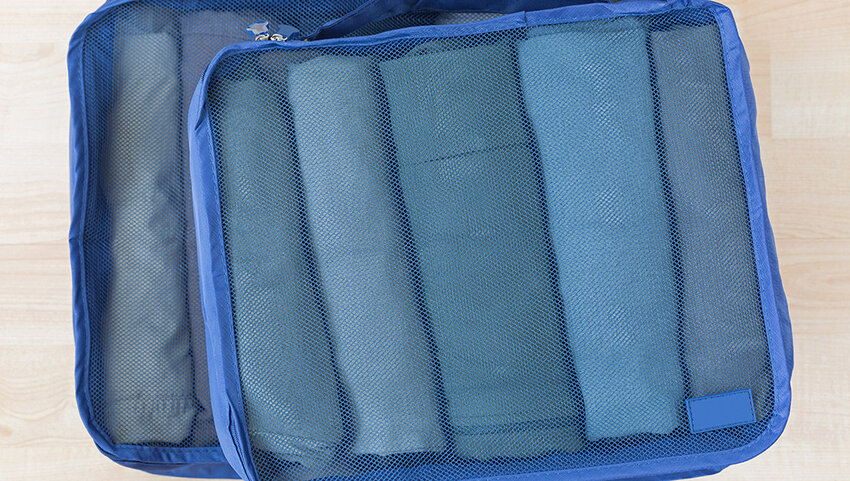You might have gotten wind of news that traveling to Europe is going to get a little more complicated in the near future. The good news is that overcoming this new hurdle is likely to be pretty straightforward and inexpensive – and it looks like nothing’s changing until 2025. Here’s everything you need to know about traveling to Europe with the new visa rules.
What is ETIAS?

Since 2009, eligible visitors to the U.S. have been able to fill in an ESTA ahead of their visit. The document took the place of the visa waiver forms and enabled pre-checks on applicants. While it doesn’t offer holders the automatic right to entry, it does speed up the entry process on arrival.
When introduced, the ETIAS will work in much the same way and is aimed largely at tourists and study programs of less than 90 days. The ETIAS will also cover people who are traveling for a business meeting or conference, but does not convey the right to work. If in doubt, seek written confirmation from the relevant authorities.
So How Does It Work?

ETIAS stands for European Travel Information and Authorization System, and serves as a travel authorization document for a short-term stay. When introduced, it will enable European border officials to carry out certain pre-checks which they believe will help to keep improve the safety of all passengers and citizens.
Even if you are the holder of an ETIAS, the border official will ask certain questions to ascertain whether you are permitted to enter. Usually, such questions might cover the purpose of your visit, where you are staying and whether you have sufficient funds to support yourself. Before the ETIAS scheme is introduced, these are the sorts of questions you might be asked anyway, so in this respect the new rules don’t change anything.
Note that if you are the legitimate holder of more than one passport, you must ensure that the one you bring matches the one on your ETIAS. If you change your passport – for instance if you change your name, your gender, or your nationality – you’ll need a new ETIAS too. Each traveler needs their own ETIAS; group authorizations are not possible.
Where Does the ETIAS Cover?
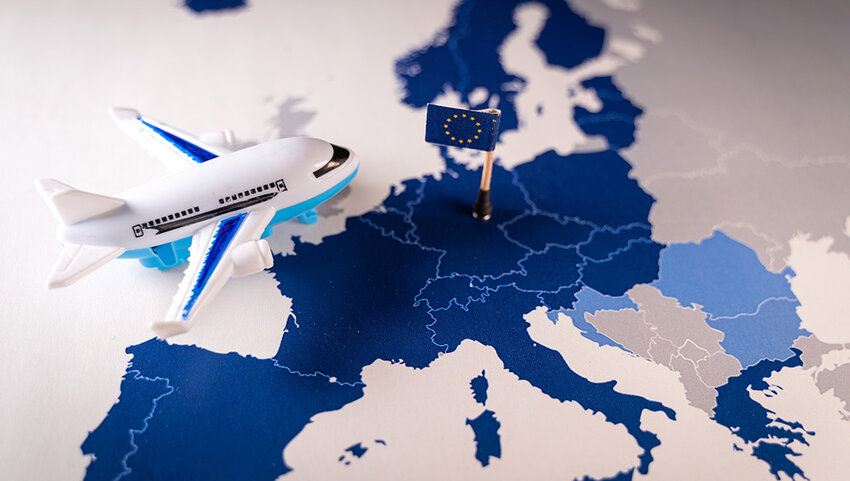
Visa-exempt travelers from qualifying countries such as the U.S. are going to require an ETIAS to visit 30 European countries. These comprise the countries that currently form the Schengen zone (most of the member states of the EU) as well as a handful of other European countries.
The full list of countries that will require an ETIAS is as follows: Austria, Belgium, Bulgaria, Croatia, Cyprus, Czech Republic (aka Czechia), Denmark, Estonia, Finland, France, Germany, Greece, Hungary, Iceland, Italy, Latvia, Liechtenstein, Lithuania, Luxembourg, Malta, Netherlands, Norway, Poland, Portugal, Romania, Slovakia, Slovenia, Spain, Sweden and Switzerland. The micro states of Andorra, Vatican City, San Marino, and Monaco are also included by default as they don’t have international international airports.
Notable exceptions include the Republic of Ireland, which remains a member of the EU but has never been part of the Schengen Zone, and also places like Montenegro, Serbia, Gibraltar, and Albania. Since Brexit, the UK is no longer part of the EU, therefore ETIAS will not cover travelers visiting England, Scotland, Wales and Northern Ireland.
Do You Need a Separate ETIAS for Each Country You Visit?
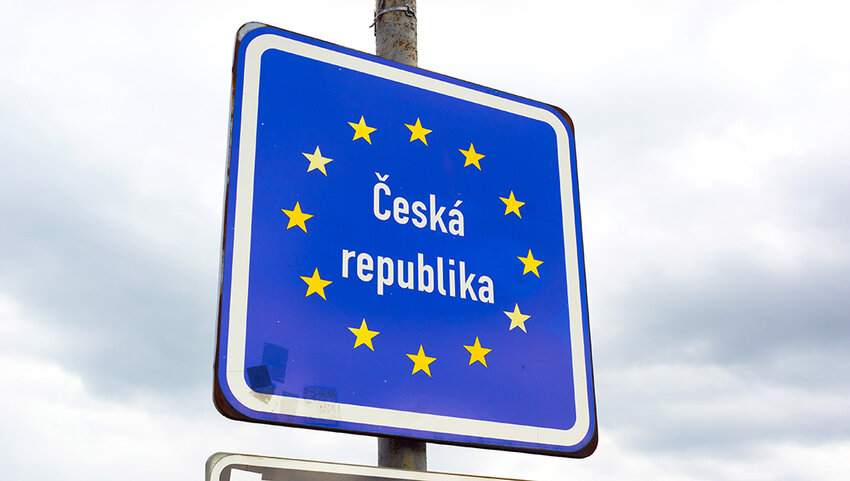
In short, no. Once approved, your ETIAS will be valid for all countries which are signatories to the agreement. In many cases, once you've arrived, you can pass freely between these countries without the need for document checks. However, this is not always the case and you'll still need to carry your passport with you at all times and be prepared to answer a border official’s questions.
When Do the New Rules Start?
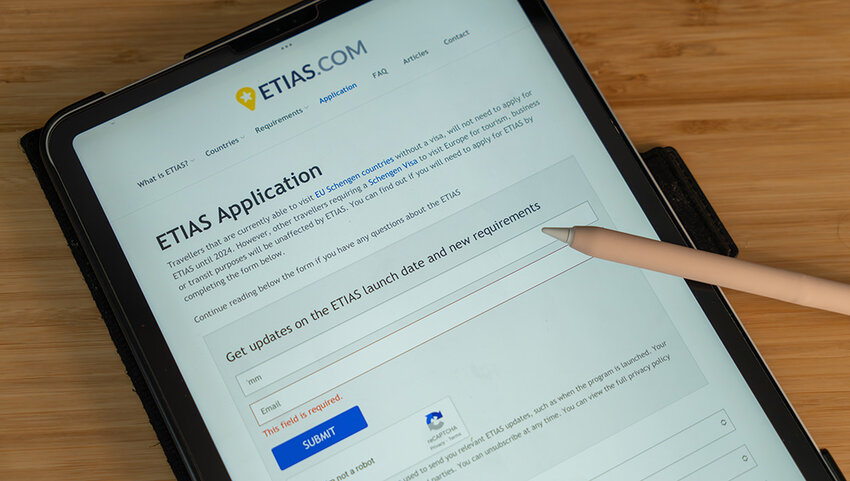
For the moment, it’s not possible to apply for an ETIAS, as the scheme’ launch date has been pushed back. Currently it is estimated that travelers will need an ETIAS from mid-2025. When the scheme does start, you will be able to apply online. You’ll need to have certain details to hand, such as your personal information and passport data. Input this data very carefully as errors may mean you could be refused entry at the border.
Most applicants will receive their authorization within a few minutes, but at peak periods there’s a possibility it might take longer. It’s advisable, therefore, to fill in the form a few days in advance. The ETIAS is expected to cost 7 euros, which is non-refundable; under 18s and over 70s won’t need to pay. This compares favorably to the $21 charge that the U.S. currently makes for an ESTA – you’re getting a bargain!
In rare cases, it may be necessary to attend an interview to gain approval for your visit. This process could take 30 days, so it’s worth applying early if your trip isn’t changeable. In addition, you may wish to delay booking accommodation and flights until you know you have a valid ETIAS.
How Long Does It Last?
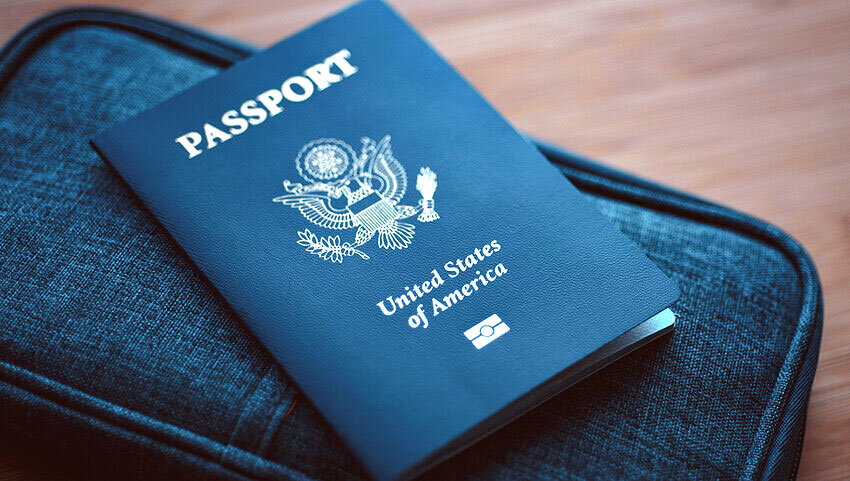
The good news is that once your ETIAS has been granted, it will last for three years. So long as you limit your trips to up to 90 days within any 180-day period, you can reuse the same ETIAS for the entire three year period. Keep an eye on the expiry date, however, as your ETIAS must cover the whole time you plan to stay in those European countries and not just the day you arrive.


